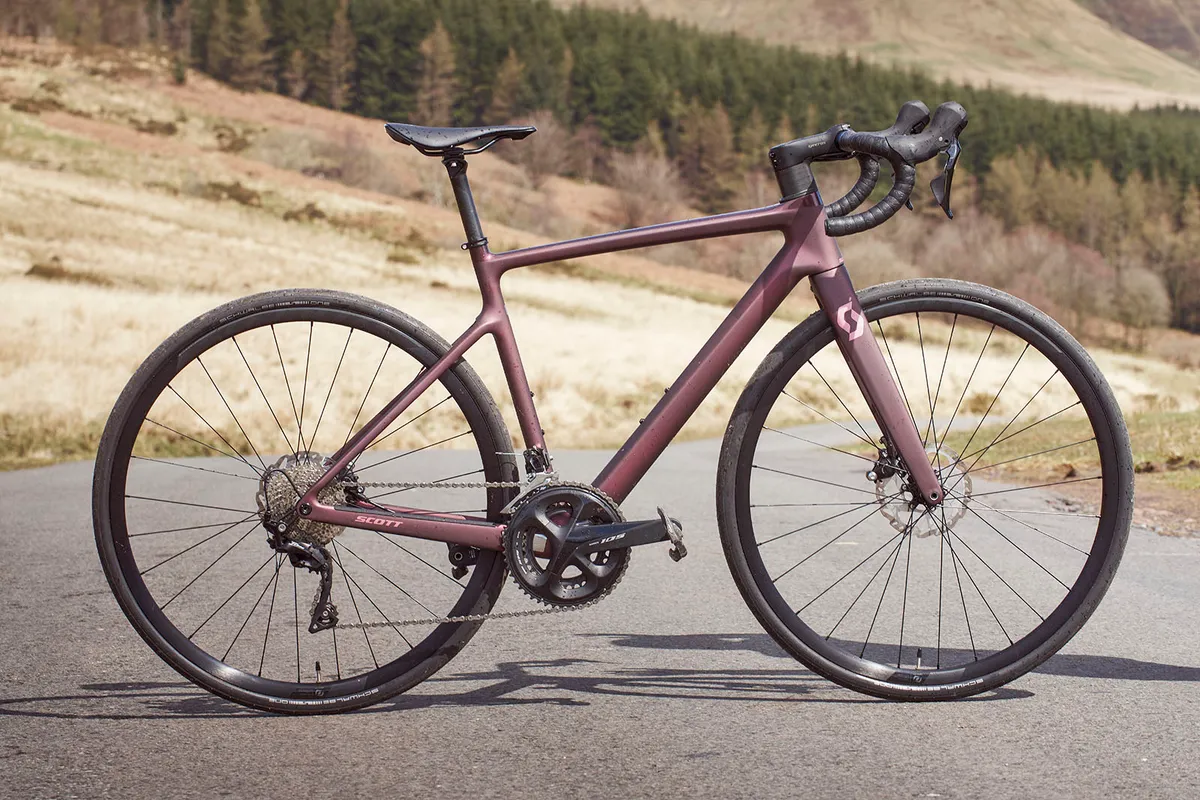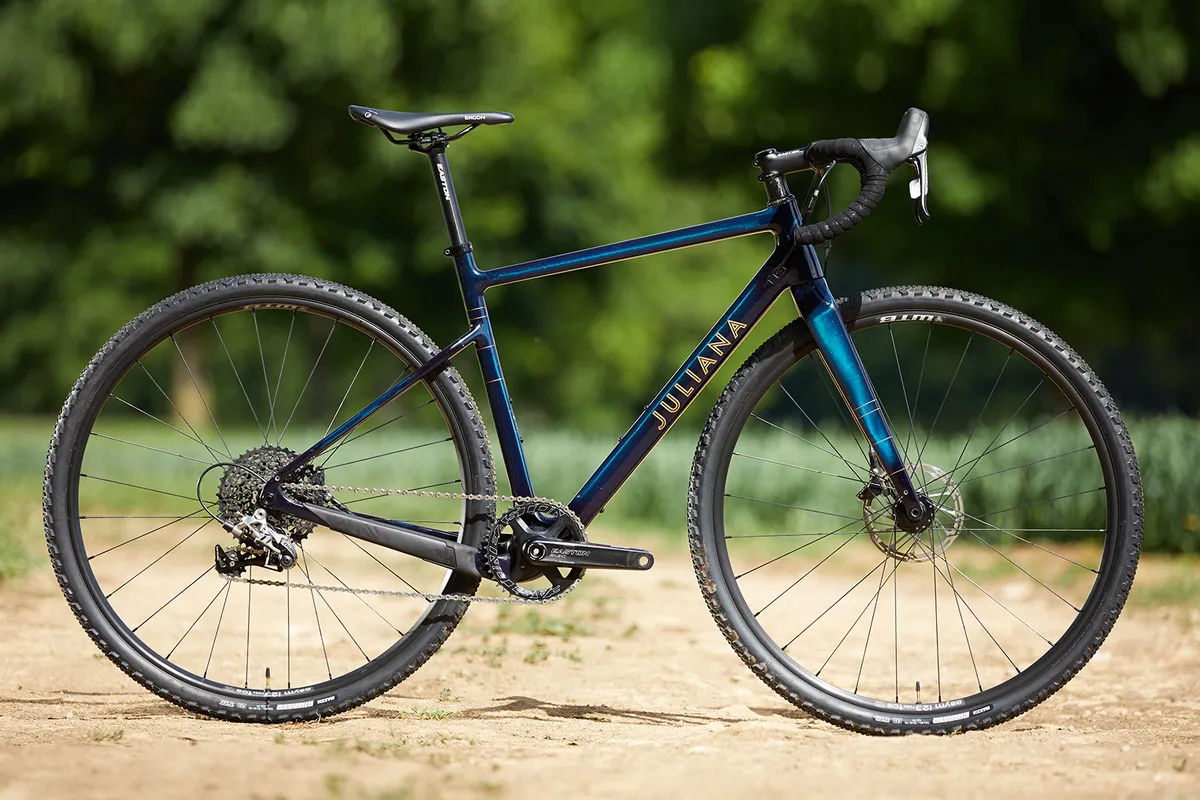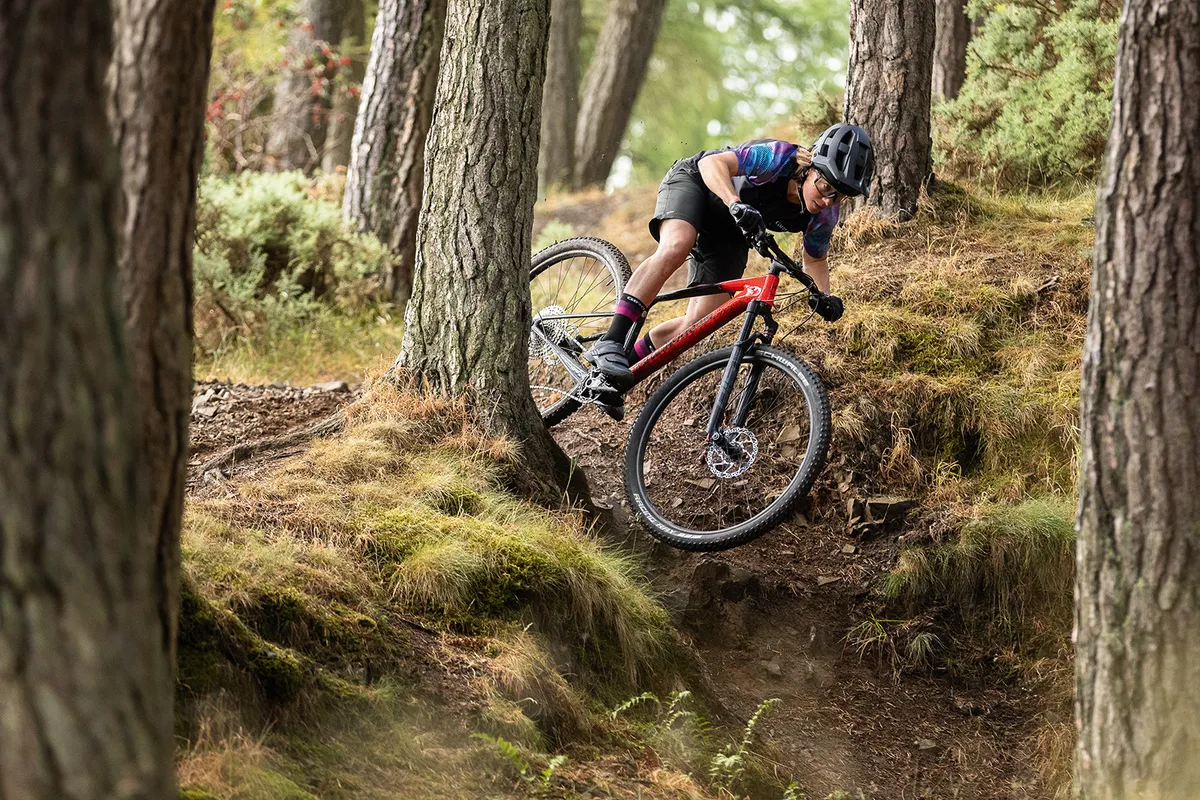"I’m a woman on the hunt for a new bike; do I need to buy a women’s-specific bike?" It’s a good question and one that understandably gets asked a lot.
So if you want to know whether women need to ride women’s-specific bikes, read on. The short answer is no, the longer answer is… maybe.
First, the short answer. Women can of course ride any bike they want and feel comfortable on. After all, a women’s bike is any bike being ridden by a woman.
Anyone can ride any bike. But if you want the best fit possible – for better comfort, performance and experience on the bike – some women prefer women’s-specific bikes.
Before we get started, if you want to know more about how different brands consider women’s bikes, we’ve got a separate article on the five approaches to women’s bike design.
It’s the fit that is important

If you want to have the best experience on a bike, getting the right fit is the most important thing. This is true whether your bike is a hybrid for commuting, a mountain bike for trail riding or a road bike for speed on tarmac.
The fit starts by having the right size frame. Bike brands provide height guidance for each size bike they produce. But it’s always worth a test ride if you can. Try your local bike shop.
Next, the fit can be tweaked and tailored to your exact needs. This is based partly on your height, but also your torso and limb length, your flexibility and whether you have any injuries.
Most shops offer detailed bike fits that will help you find the perfect position for your needs.

Some of the things on a bike you can change or alter to your preferences include:
- A saddle that’s comfortable and works with a women’s genitalia
- A handlebar that is the right width and at the right height
- Crank length that works with the size of the bike and rider to feel better when pedalling
- Suspension (on mountain bikes) that works better with the lighter on average weight of women compared to men
- Brakes that are easy to reach and control without having to stretch the hands
Some of these are just a question of moving things about a bit on the bike; for others, products will need to be swapped out and new products bought – saddles and handlebars being good examples.
This is where women’s-specific bike design comes in

There are (confusingly) a few different ways bike brands define what makes a bike ‘women’s-specific'. But, in simple terms, most women’s bikes are either:
- A unisex frame with women’s-specific finishing kit such as saddle, handlebar and, if it’s a mountain bike, a lighter tune on the suspension. Brands taking this approach include Juliana Bicycles, Ribble and Scott.
- All the above, but based around a frame that is specifically designed for women using data from women cyclists. Liv Cycling is the biggest women’s bike brand.
The idea with a women’s bike is that it gives women a better fit without having to invest in additional products on top of the cost of the bike.
For example, unisex bikes are usually fitted with a handlebar that suits an average male rider. Women tend to have narrower shoulders than men of the same height. So the chances are that the handlebar on a unisex bike will be too wide.

Therefore, you'll either need to buy a narrower handlebar or, if it's a flat handlebar, cut it to size. Some unisex bike brands, such as Ribble, let you swap certain products in the bike price, but not many.
Women’s bikes also run to smaller sizes to cater for women, on average, being shorter than men.

The second approach is much more involved, using data from women riders and creating specific frames to suit those riders.
The designers consider factors including women's typically greater flexibility, lower centre of gravity and stronger lower bodies than upper bodies. These all can affect the design of a frame.
However, a lot of brands have abandoned the idea of women’s bikes altogether, and only produce ‘unisex’ bikes, and then recommend a bike fit.
Myth-busting

Women’s-specific bikes have been around a while. But until recently, what women needed and wanted from a bike wasn't well understood.
The result? The bikes weren't particularly good.
They were just the same model only a bit smaller and painted pink (the ‘shrink it and pink it approach’). They were pricier than the ‘unisex’ equivalent. Or, they only came in a lower-spec build, so women looking for high-performance bikes had to go ‘unisex’.
However, as the women’s market has grown, women’s competitive cycling has got more support and coverage. With more and more women working in the bike industry itself, things have changed and are changing.
Nowadays, you can find high-performance road and mountain bikes with women’s-specific designs. The equivalent unisex and women’s bikes within ranges mostly cost the same. A lot more research, design and development has gone into them.
So should all women use women’s-specific bikes?

Like any group of people, women are not one homogenous mass. There are significant differences between individuals. What works for one woman may not work for another.
Saddles are a perfect example of this: ask any group of women what their favourite saddle is, and the chances are you’ll get a different answer from nearly every person.
While some women get on really well with women’s-specific bikes and absolutely swear by them, others have no issues at all with unisex bikes. Some riders may also choose a unisex bike, make some of those tweaks and have an excellent experience.
The important thing is that women have more choice than ever before. There is no wrong answer here.
So long as the bike you ride feels comfortable, isn’t causing you pain, and is fun to ride, then it doesn’t ultimately matter whether it’s a ‘unisex’ bike or a women’s-specific bike.





